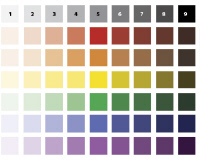
The image is from http://www.studioperspectives.com/art/educate/color_priority/color_systems.html
Dramatic Art 125(Scene Painting)- Fall Quarter 2007
2. Color Wheel Back to Class 2
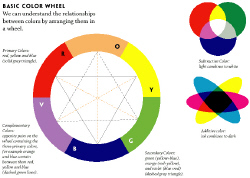
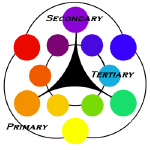
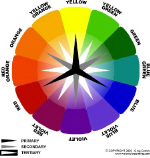
First part of the assignment: Make a color wheel on 9"x 12" illustration board. You can make one that is a series of dots, or make a wheel. For example:
The second wheel is from http://watercolorpainting.com/color.htm which has a good page on color. There is another source at http://www.sapdesignguild.org/resources/glossary_color/index1.html the SAP Design Guild, which has a great page with a lot of the visual effects of color which make it so interesting. For instance warm colors appear to come forward while cool colors appear to recede, a color surrounded by one color will appear different if it is surrounded by another color, the effects of afterimages, and brightness and color assimilation.
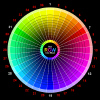
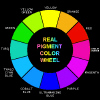
This is an example of the truest color color wheel I found on the web. It is from Don Jusko's site: http://realcolorwheel.com/
Second part of the assignment: Make a value scale. The true pigment is in the middle
of the scale. To the left add white to get the four tints. To the right add black to get
the four shades. Make the grey scale also for comparison.

The image is from http://www.studioperspectives.com/art/educate/color_priority/color_systems.html
Third part of the assignment: Practice painting 3-Dimensional Shapes using a grey scale, or colors and shades and tints.



http://3d.mostert.org/3dpvoorwe.html Source - 3D-voorwerpen in de 3D-wereld
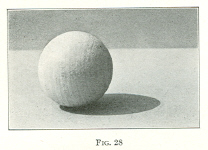
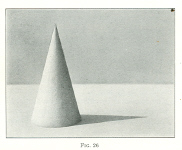
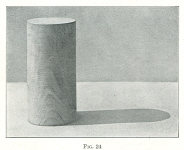
International Library
of Technology, Light and Shade, International Textbook Company, 1922